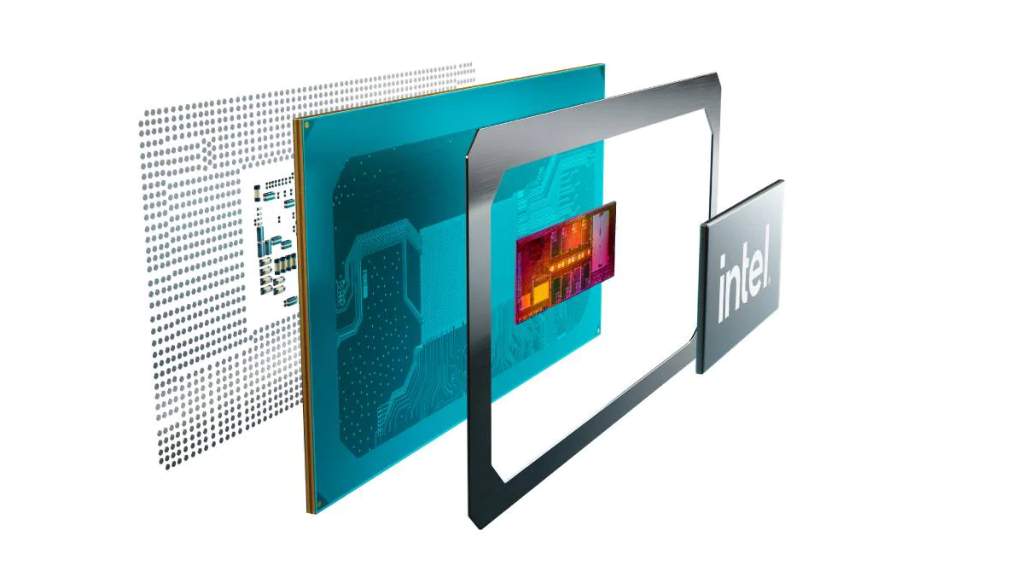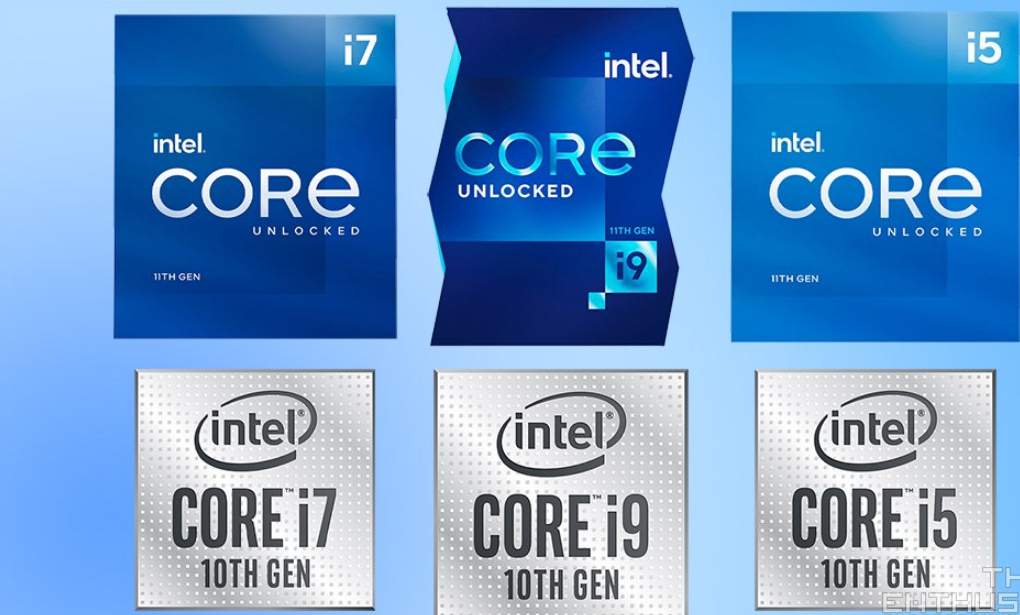 Intel Tiger Lake 11th Gen (2025) – Price, Review and Full Specifications – The 11th generation laptop chips (codenamed ‘Tiger Lake’) were officially unveiled in September and will soon be found in various devices. That CPU lineup was expanded at CES with the Tiger Lake H-Series’s introduction, followed by five new additions in May 2021.
Intel Tiger Lake 11th Gen (2025) – Price, Review and Full Specifications – The 11th generation laptop chips (codenamed ‘Tiger Lake’) were officially unveiled in September and will soon be found in various devices. That CPU lineup was expanded at CES with the Tiger Lake H-Series’s introduction, followed by five new additions in May 2021.
Two new processors arrived in late June, bringing the total to 33. With 12th-generation Alder Lake processors expected in the coming months, it won’t be long before more new Intel silicon is released. Here’s everything you need to know about Tiger Lake’s entire range.
Tiger Lake was unveiled at CES in January 2020, but the first 11th-generation chips were not officially released until September 2. Because all 11th-generation CPUs are intended to be integrated into laptop designs, they are unavailable as standalone components. Going straight to OEMs means there is no set release date; it depends on when each company decides to launch.
Intel Tiger Lake Cost
As previously stated, the chips will not be available unless you purchase a laptop that includes one. The price you’ll pay is thus determined by the device you choose and how powerful you want it to be, though the processor tier (i3, i5, i7, i9) roughly indicates how much they’ll cost. This applies to both the standard Tiger Lake lineup and the gaming-focused H-Series.
| Country | Price |
| Intel Tiger Lake 11th Gen Price In USA | $856 |
| Intel Tiger Lake 11th Gen Price In Canada | CA$1,160 |
| Intel Tiger Lake 11th Gen Price In UK | £690 |
| Intel Tiger Lake 11th Gen Price In Germany | €710 |
Intel Tiger Lake 11th Gen Devices
The Samsung Galaxy Book Flex 5G (Flex 2 in the UK) and Acer’s Swift 5 and Swift 3 were among the first Tiger Lake-powered devices to be announced at IFA 2020. Since then, a slew of laptops powered by 11th-generation CPUs has been released, with Dell and Microsoft joining the fray.
Generally, any devices currently running Intel 10th-generation processors will most likely transition to Tiger Lake for the next generation. Because the H-Series gaming chips were only recently announced, models powered by these processors will most likely be available in the coming weeks and months.
Specifications from Intel
Despite using the same 10nm+ manufacturing process as the previous two generations of Intel Core chips, Tiger Lake offers a few significant improvements. The chip’s layout has been redesigned, which Intel claims will improve power efficiency and raw performance. According to the company, Tiger Lake has 20% faster speeds for “office productivity” tasks and 20% more “system power.”

The latter is expected to help improve battery life, a crucial criterion in the Intel Evo Platform. In addition to having a Tiger Lake chipset, eligible devices must meet a performance threshold, wake up instantly, and have at least 9 hours of “real-world” battery life.
Intel has stuck with the four cores and eight threads we’ve seen in recent years, prioritizing a boost in clock speeds. As you move up the tiers, the increases become more noticeable, with the new Core i7-1185G7 offering up to 4.8GHz compared to 3.9GHz on last year’s i7-1065G7. Most new Tiger Lake processors will include one of Intel’s new Xe graphics cards.
According to the company, this will double the performance of last year’s Gen11 graphics. Tiger Lake also supports Thunderbolt 4. It is the first platform to support the new technology, allowing faster file transfers and the ability to simultaneously output up to 8K or four 4K displays.

